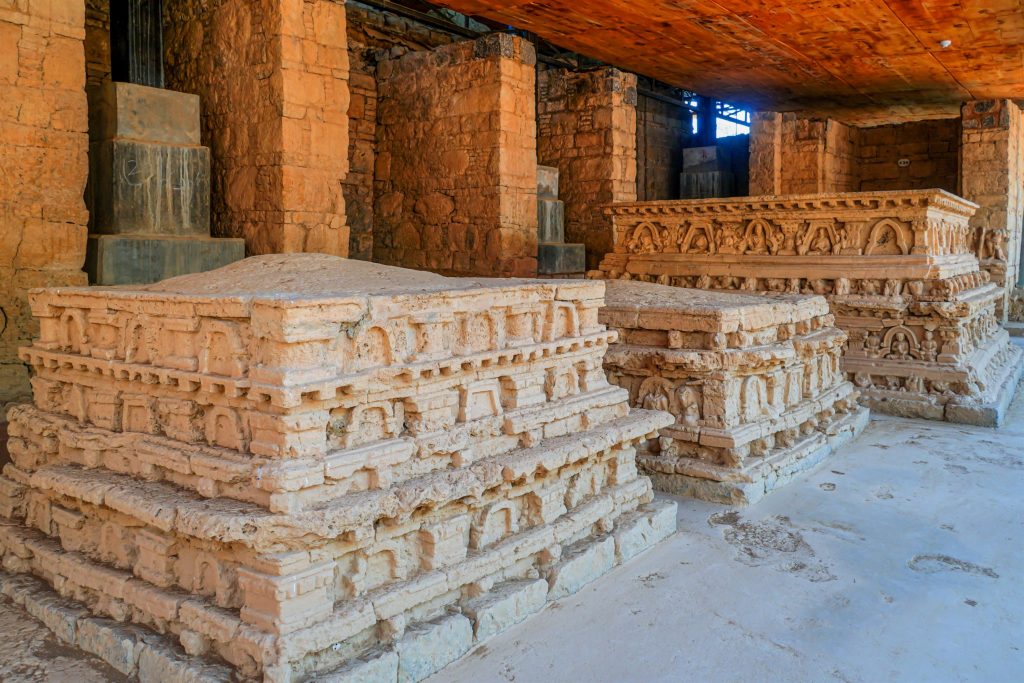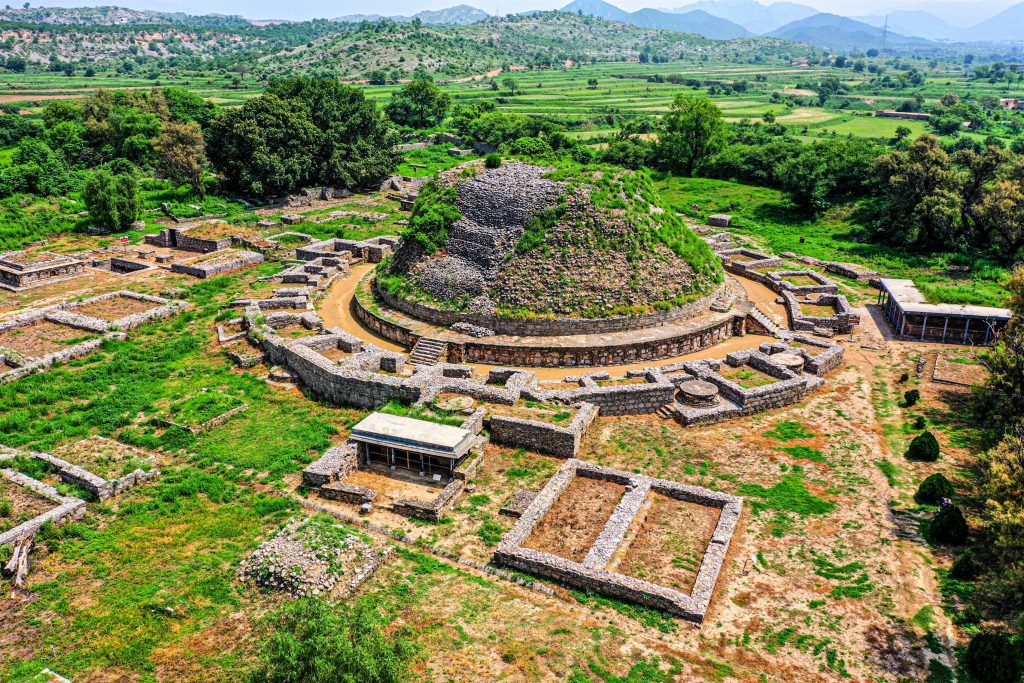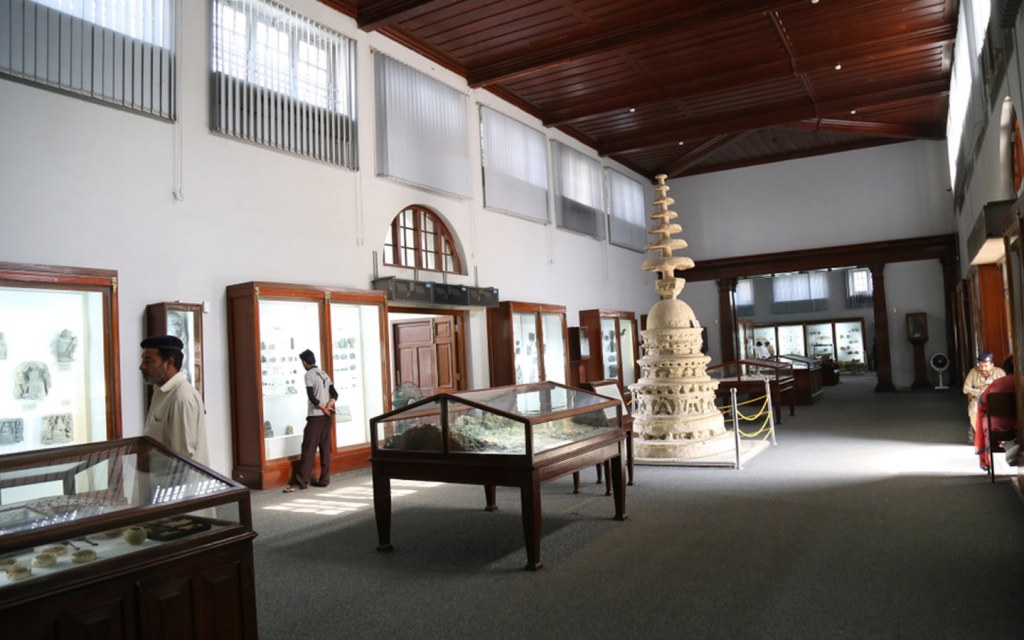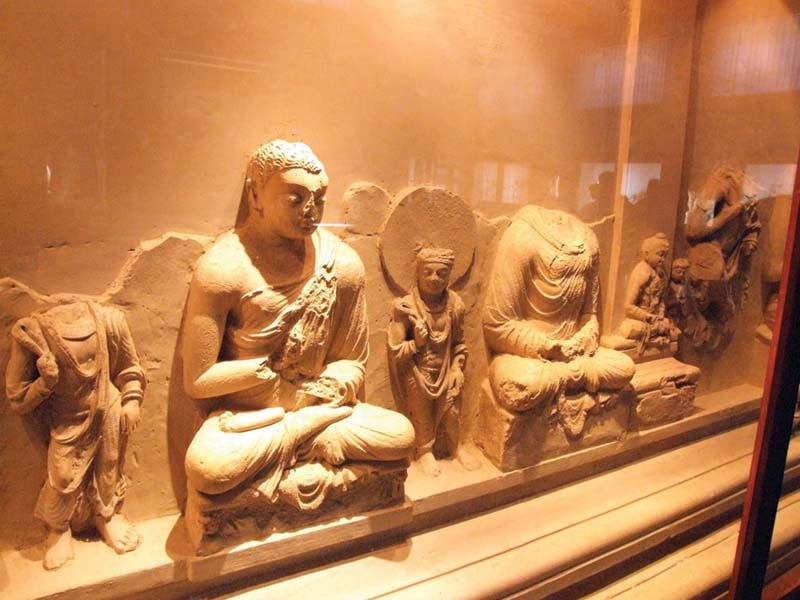Nestled in the heart of Pakistan, Taxila is a treasure trove of ancient history, captivating archeology, and timeless stories that date back thousands of years. This UNESCO World Heritage Site, with its rich tapestry of cultures, religions, and histories, offers an unparalleled glimpse into the past for tourists looking to explore the depths of Pakistan’s historical grandeur. This detailed guide to Taxila Museum and its surrounding historical sites will navigate you through the ancient ruins and artifacts that make Taxila a cornerstone of archeological significance and a must-visit destination for history aficionados and casual tourists alike.
A Journey Through Time: The History of Taxila
Taxila, known in ancient times as Takshashila, was a renowned seat of learning and a pivotal city in the Gandhara region. It flourished from the 6th century BCE to the 5th century CE, witnessing the confluence of various civilizations, including the Persians, Greeks, Mauryans, Scythians, Parthians, Kushans, and Guptas. Taxila’s strategic location at the crossroads of Asia made it a hub for trade, culture, and intellectual exchange, contributing to its reputation as one of the ancient world’s most important educational centers.
The Taxila Museum: A Gateway to the Past
The Taxila Museum, established in 1928, serves as the gateway to exploring this ancient city’s wonders. Housing an extensive collection of artifacts from the Gandhara civilization, the museum showcases items ranging from stone and stucco Buddha statues to coins, jewelry, and pottery, offering a vivid glimpse into the lives of those who inhabited this region over two millennia ago.
Highlights of the Museum:
- Buddhist Artifacts: Marvel at the exquisite craftsmanship of Buddhist stucco sculptures and friezes depicting the life of Buddha.
- Coins and Pottery: Discover the trade and daily life of ancient Taxila through its coins and pottery.
- Architectural Remains: Explore the architectural grandeur of ancient Taxila with well-preserved columns, capitals, and other architectural fragments.
Surrounding Historical Sites
Taxila’s historical landscape is dotted with numerous sites that highlight its significance as a center of Buddhism and a melting pot of cultures. Here are the must-visit locations around Taxila Museum:
- Dharmarajika Stupa: An impressive Buddhist complex, believed to house relics of Buddha, offering insights into the early development of Buddhist architecture and monastic life.
- Julian Monastery: A blend of ruins and reconstructions that reveal the monastic life, education system, and artistic achievements of the Gandharan era.
- Sirkap: An ancient city founded by the Greco-Bactrian king Demetrius, showcasing the fusion of Greek and Eastern architectural styles.
- Jaulian Buddhist Monastery: Home to a well-preserved stupa and monastery, this site presents an intimate look at the monastic community’s daily routines and religious practices.
- Bhir Mound: The earliest city of Taxila, revealing insights into the Achaemenid and subsequent periods through its strategic urban layout and remnants.
Planning Your Visit
- Best Time to Visit: The ideal time to explore Taxila is between October and March when the weather is mild and conducive to outdoor exploration.
- Getting There: Taxila is easily accessible from Islamabad, the capital city of Pakistan, located approximately 35 kilometers away. Public transport, taxis, and private tours are available for a convenient journey.
- Tips for Tourists: Wear comfortable walking shoes, carry water and sunscreen, and consider hiring a local guide to enrich your understanding of Taxila’s history and significance.
Why Visit Taxila?
Taxila is not just a destination; it’s an experience that transports you back in time, offering a window into the lives of ancient civilizations that once thrived in this region. It’s a testament to the cultural, religious, and intellectual exchanges that shaped the course of human history. For tourists exploring Pakistan, a visit to Taxila and its museum is an opportunity to connect with the past, admire ancient artistry, and marvel at the enduring legacy of human civilization.
In conclusion, Taxila Museum and its surrounding historical sites represent a fascinating chapter in the story of human civilization. For tourists looking to explore Pakistan’s rich historical tapestry, Taxila offers an unforgettable journey through time, showcasing the confluence of cultures, the spread of religions, and the intellectual achievements that have left a lasting impact on the world. Whether you’re a history buff, an art lover, or simply curious about the ancient world, Taxila welcomes you to discover its ancient splendors and weave your own memories into its millennia-old narrative.














Discover Top 20 Places to Visit in Islamabad and Surroundings: A Traveler’s Ultimate Guide

